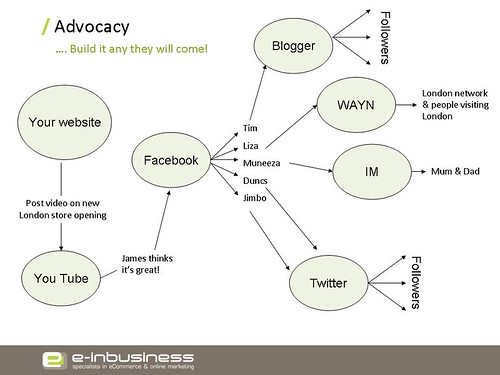Anyone following my twitter updates would have seen a post about a BBC online article in which a leading medical professional warns of the inherent dangers of social networking.
Dr Aric Sigman says websites such as Facebook set out to enrich social lives, but end up keeping people apart. These warnings have been made in Biologist, the journal of the Institute of Biology. The general warning seemed common sense to me, the fact that some people could suffer by being withdrawn from face-to-face human contact, but what caught my eye was the following excerpt:
"a lack of face-to-face networking could alter the way genes work, upset immune responses, hormone levels, the function of arteries, and influence mental performance. This, he claims, could increase the risk of health problems as serious as cancer, strokes, heart disease, and dementia."
Now, that just seems a little bit scaremongery (if that is even a word) to me. With everything, there comes a risk. There is the belief that amongst the social networks lies the menace of people luring and enticing for nefarious intent - just take the example of the German cannibal who invited his victim over the Internet. Every communication tool has the potential to be used for illicit purposes. However, Dr Sigman's hypothesis seems a little far fetched.
Can the usage of social networking lead to fundamental changes in the human physiology and biology? I can accept that it could prevent some people from going out as much, leading to laziness, lack of exercise, sunlight etc which could have an impact on health. But does it really have the debilitating effect he claims and could it contribute to an increased prevalence of major diseases?
I'm not convinced but I'm no doctor. I personally think social networking can help improve and enhance human interaction. What it doesn't do is remove the need for parents to look after their children and make sure they have a balanced life or for adults to no withdraw into their shells.
I really hope that Dr Sigman's warnings are an over zealous reaction to the pitfalls of interacting virtually because for me social media should be something we embrace to improve how we communciate and share information, not something that replaces interaction.






